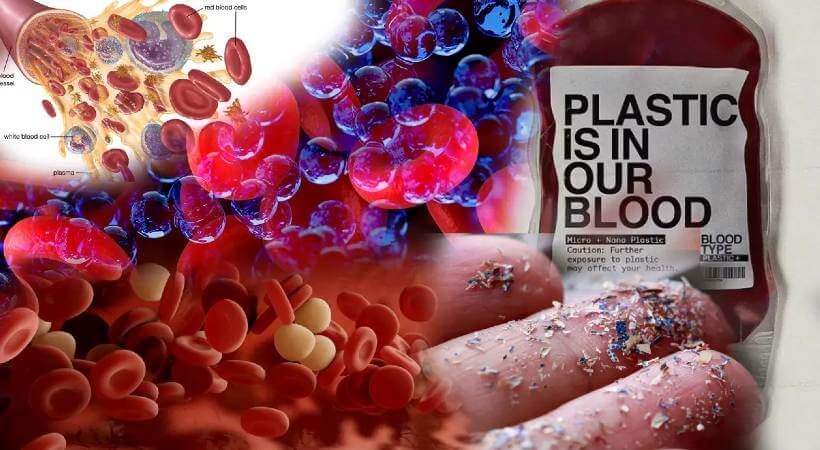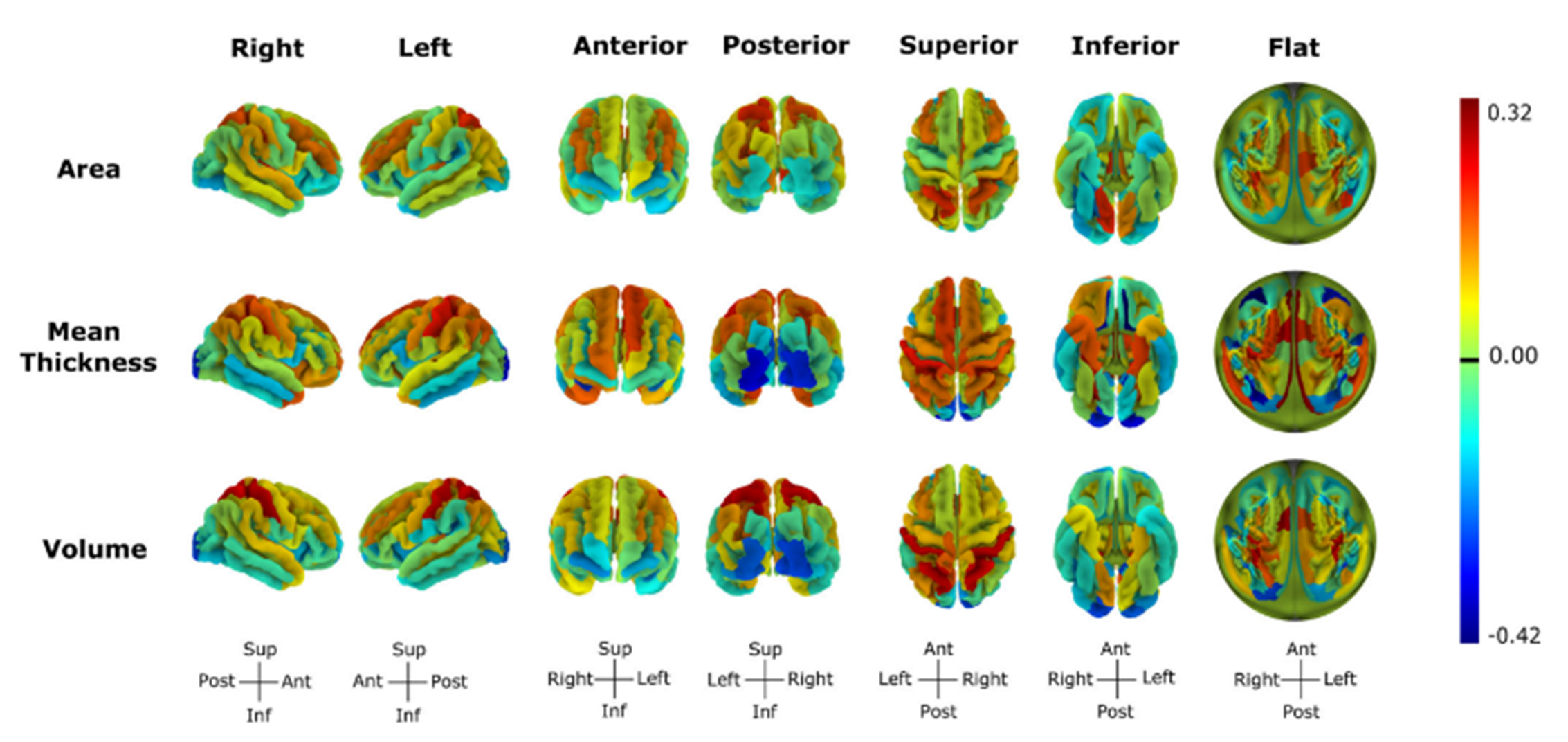When Borderlands Science was first announced in 2020, eyebrows were raised in more than a few circles. The notion of integrating serious science into a video game known for its outrageous humor, over-the-top action, and colorful chaos seemed, to put it mildly, optimistic. After all, Borderlands is a universe where the improbable is routine, but science? That felt like a stretch even for this franchise. Yet, as the project unfolded, it became clear that the skeptics among us, myself included, had underestimated the potential of this audacious experiment.

Led by McGill University, the Borderlands Science project ventured into uncharted territory by embedding a minigame within Borderlands 3 designed to advance our understanding of the human microbiome. The minigame, far from the usual run-and-gun gameplay, tasked players with aligning tiles to represent the genetic makeup of gut bacteria. On paper, it sounded like a hard sell: persuading gamers to take a detour from their interplanetary looting and shooting to sort through virtual DNA sequences.
The results, however, were nothing short of astonishing. Approximately 4.5 million players participated, contributing to a leap in our understanding of over a million different types of bacteria residing in the human gut. These are not just any bacteria, but ones that play pivotal roles in our health. By engaging with the game, players achieved what had been beyond the reach of the most advanced computer algorithms, effectively charting the evolutionary relationships of these microscopic inhabitants of our bodies. This collective effort provided an exponential increase in our knowledge of the microbiome, marking a significant advancement in the field.

McGill University’s initial reservations about the project’s viability mirror the skepticism many of us felt. Would players of a high-octane shooter be interested in the minutiae of microbial DNA? The answer, resoundingly, was yes. In an astonishing revelation, within just half a day, Borderlands Science players collected more data on microbial DNA sequences than a previous game, Phylo, did over ten years. This stark comparison not only highlights the players’ extraordinary contribution but also underscores the untapped potential of integrating citizen science projects within popular video games.
Borderlands Science shows how citizen science can engage many people.
Traditional citizen science games struggle to attract and retain a significant player base. However, by embedding a scientific endeavor within a beloved game, Borderlands Science transcended these limitations, amassing participation numbers that traditional projects could only dream of. This success story reveals the power of gamification when applied to scientific research, effectively mobilizing a massive, previously untapped workforce of gamers.
The project fostered a newfound curiosity and enthusiasm for science among its participants.
Gamers, often stereotyped for their disinterest in academic pursuits, showed a genuine eagerness to contribute to scientific discovery. This outcome challenges preconceived notions about the gaming community and highlights the potential for games to serve as a bridge between the public and the scientific world. By prioritizing gameplay while still making a meaningful scientific contribution, Borderlands Science has set a new standard for how games can engage with real-world issues and contribute to the advancement of knowledge.
Borderlands Science has proven that the seemingly disparate worlds of gaming and scientific research can not only coexist but thrive together. This fusion has opened up new avenues for scientific inquiry, demonstrating that with creativity and collaboration, video games can be a potent force for good in the world. The success of this project is a testament to the power of community, and a reminder that when we work together, there’s no limit to what we can achieve.
The Borderlands 3 community has not only shattered expectations but also revolutionized the way we think about the intersection of gaming and scientific research. The significant scientific contributions made by these gamers have opened a new chapter in understanding the human microbiome, with implications far beyond what many could have imagined.
As players delved into the Borderlands Science minigame, they engaged in an activity that seemed simple on the surface: aligning colored tiles to represent the genetic sequences of gut bacteria. Yet, this ‘simple’ task tackled a complex challenge that has puzzled scientists for years. By mapping the genetic sequences of over a million different types of bacteria, these gamers have provided invaluable data that could lead to breakthroughs in health, medicine, and beyond.
The Borderlands 3 community’s passion shows the potential of blending science into games.
The project’s success is not measured solely by the data collected but also by the increased interest and curiosity about science it has sparked among players. This blend of entertainment and education has proven to be a powerful tool in demystifying science and making it accessible to a broader audience.
The Borderlands Science project proves gamers excel at contributing to real-world issues.
This initiative has not only advanced our knowledge of the microbiome but has also challenged the stereotype of gamers as disinterested in academic or scientific endeavors. Instead, it highlights the gaming community’s potential to contribute meaningfully to scientific progress.The collaborative effort between McGill University, Gearbox Entertainment Company, Massively Multiplayer Online Science (MMOS), and The Microsetta Initiative represents a pioneering model for future scientific research.
By leveraging the global reach and engagement of the gaming community, researchers can tackle large-scale scientific challenges more efficiently than ever before.The implications of this project extend beyond the scientific community. For the millions of players who participated, this was an opportunity to be part of something larger than themselves, to contribute to a project that has the potential to impact human health profoundly.

It’s a testament to the power of community and collaboration, showing that when we come together, we can make significant strides in understanding the world around us.
As we reflect on the achievements of the Borderlands 3 community, it’s clear that this is just the beginning. The success of the Borderlands Science project paves the way for future collaborations between the gaming industry and scientific research. The possibilities are endless, and one thing is sure: gamers are ready and eager to play their part in advancing scientific knowledge.
The Borderlands 3 community has achieved something truly remarkable. Through their participation in the Borderlands Science minigame, they have not only contributed to a significant scientific endeavor but also demonstrated the immense potential of combining gaming with real-world scientific research. This project stands as a beacon of innovation, showing how creative thinking and collaboration can unlock new possibilities for scientific advancement and make a genuine impact on our understanding of the world.
Related posts:
Borderlands 3 community scores a big win for science: ‘These players have helped trace the evolutionary relationships of more than a million different kinds of bacteria that live in the human gut’
Millions of gamers advance biomedical research by helping to reconstruct microbial evolutionary histories
Millions Of Borderlands 3 Players Have Helped Microbiome Research




